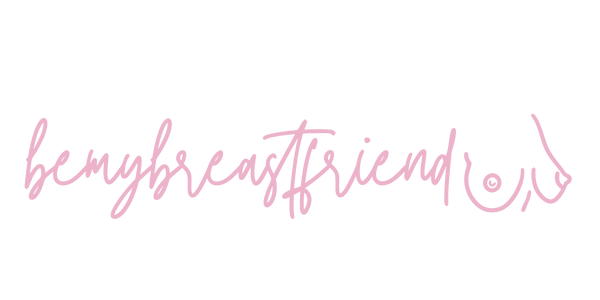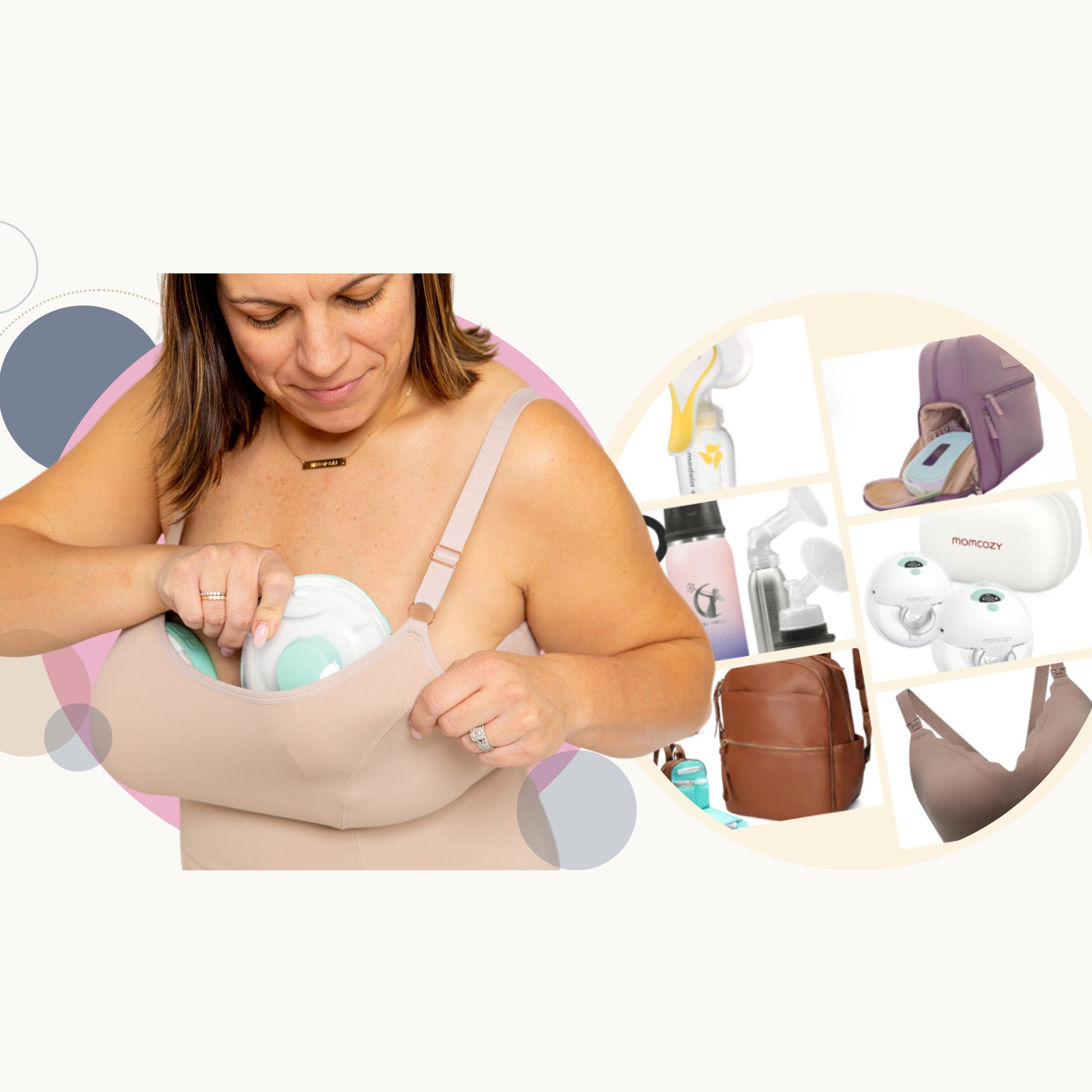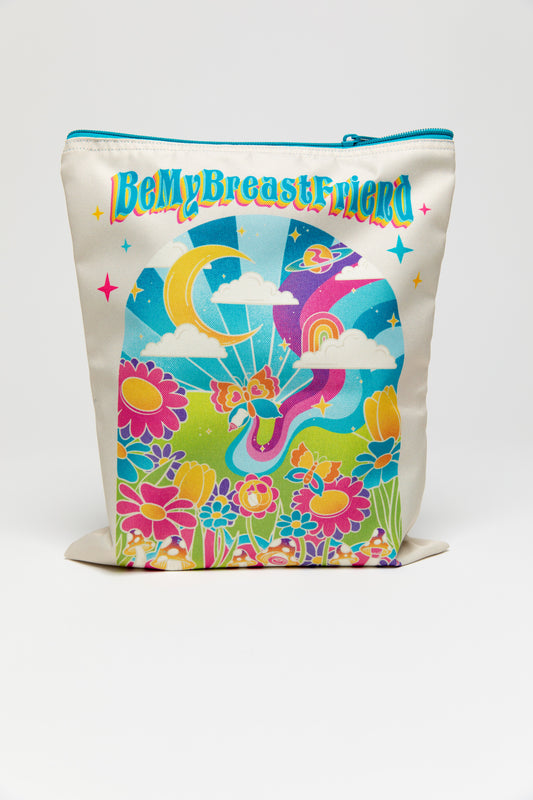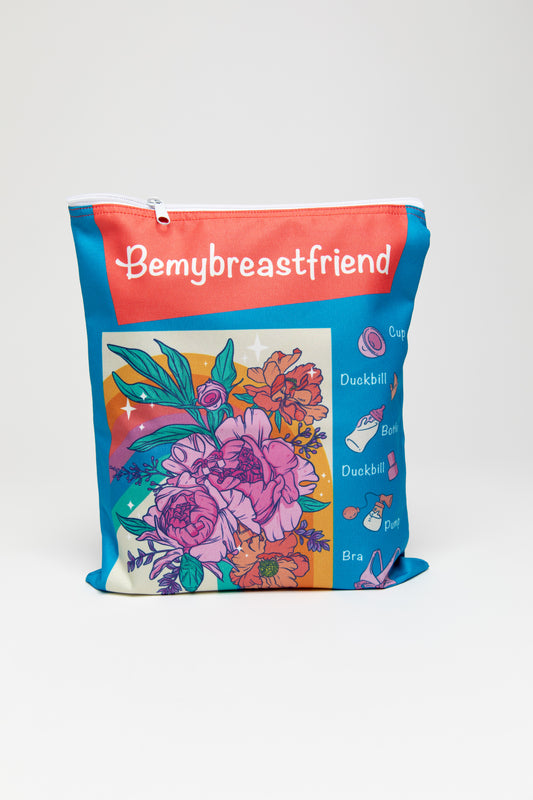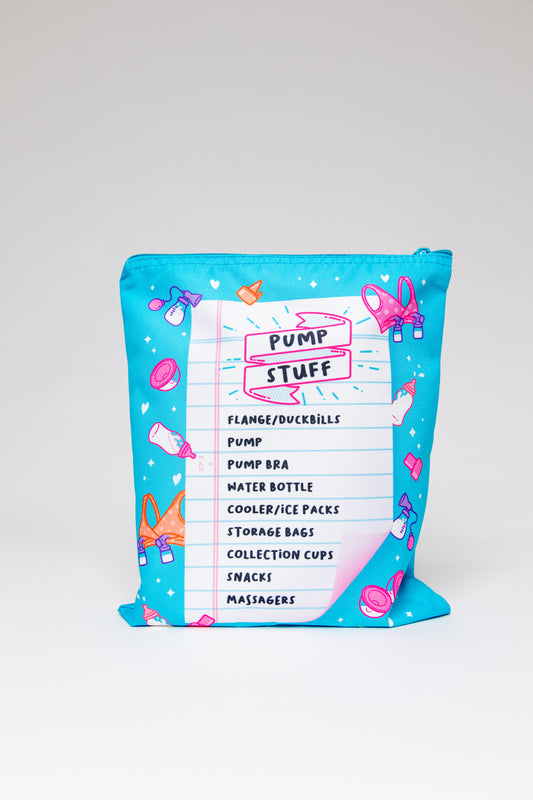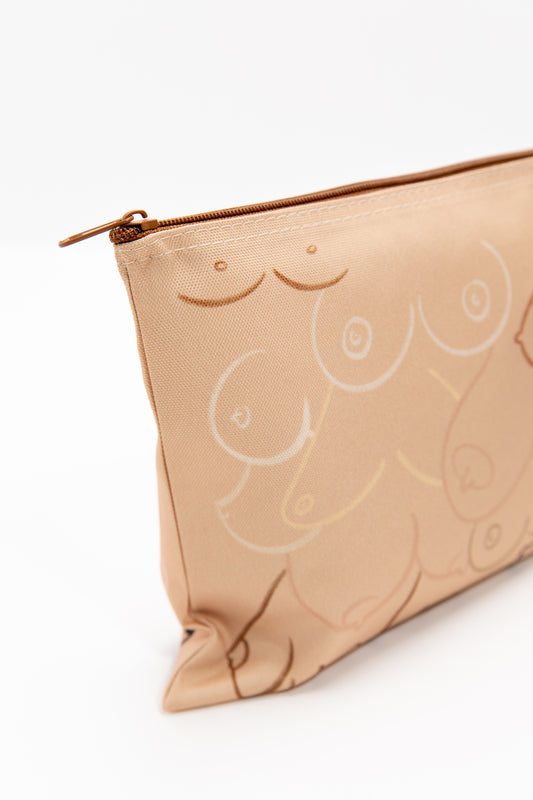
Let’s just start here: nipple confusion is not not a thing, but it’s also not as big of a thing as some people make it seem…Confused yet? Welcome to the world of parenting in the early days, where the advice is contradictory, the well-meaning friends and family are sometimes relentless, and the baby is just trying to figure out how to get enough milk without working too hard. It’s no wonder new moms feel overwhelmed trying to figure out what’s best in terms of feeding for their newborn baby.
This post is your no-fluff guide to what nipple confusion really is, what it isn’t, and how you can make informed choices. Welcome to Nipple Confusion Facts vs. Myths—I'm here to give it to you straight.
Real Talk: Every Baby is Different
Here’s my story: I’ve had five kids. While you might think that means now I've figured it all out, it actually has taught me more than anything that all babies are their own little people with their own preferences from the get-go. Five babes means five completely different experiences with breastfeeding AND bottle feeding. One of my babies could switch between boob and bottle like a champ no matter the bottle type. Another one lost their mind the second we tried a certain “highly recommended” bottle type because the flow didn't match mine. One of my girls struggled to want to nurse after using a bottle that was supposedly “breastfeeding-friendly.” (Spoiler: it wasn’t.)
So if you’re sitting there after your baby shower staring at 14 different bottles and trying to figure out which one your breastfed baby might like—take a deep breath. You’re not alone.
Myth #1: "If You Use a Bottle, Your Baby Will Refuse the Breast"
The Facts:
This is probably one of the most common myths surrounding nipple confusion. It’s not that your breastfeeding baby is going to suddenly decide your boobs are garbage as soon as you introduce a bottle. It’s that some babies struggle to transition between the two because they’re different techniques and provide different flow. But here’s the good news: it’s totally possible to do both—if you understand how to help your baby adapt.

If your bottle has a super fast milk flow, your baby may start refusing the breast simply because it’s harder work. Bottle nipples come in different sizes, shapes, and most importantly—flow rates. Some “slow flow” nipples are really fast. Babies are smart. They quickly figure out they can get more milk from the bottle with less effort than nursing. That’s not nipple confusion if you ask me. That’s just basic baby efficiency. So, it's important that you try to match your baby's bottle feeding experience as much as possible to their nursing experience in terms of bottle type, flow rate, and environment.
Some babies experience the opposite issue - maybe you have a fire hose letdown and your baby can guzzle four ounces of breast milk in a five minute nursing session. Then you give them a super slow flow bottle and they become immediately frustrated. Your baby may actually need a faster flow bottle to mimic your letdown.
Myth #2: "All Slow Flow Nipples Are the Same"
The Facts:
Nope. Not even close. This is where the term “flow preference” comes in. Babies develop preferences based on how easy it is to get milk, not based on brand loyalty. You may notice that most bottle companies advertise a nipple with a "slow flow," "preemie flow," "size 0," or "newborn flow." But if you were to put milk in each of those bottles and hold them upside down, each one would release milk at a completely different rate. I know, it's frustrating. Stay tuned for some of my favorite bottle recommendations.
There’s a great study on bottle nipple flow rates that found huge differences in how fast milk came out of different “slow flow” nipples. The flow of milk affects intake and baby's latch when switching back to boob. And trust me, if your baby has a bad latch, you'll know. Hello nipple pain.
Pro Tip:
You probably don't know exactly how much milk your baby is taking in from a nursing session. But, if your bottle-feeding session takes about the same amount of time as a nursing session—and your baby behaves similarly after both in terms of mood and time between showing more hunger cues—you’re probably using the right bottle nipple for your baby.
Myth #3: "If you Must Introduce a Bottle, you Should Wait 4-6 Weeks"
The Facts:
Sure, that’s a suggestion you might've read online or heard from the hospital staff, but in my experience, introducing a bottle earlier helps your baby learn both skills. There's really no right or wrong time to introduce a bottle. I'd say the later you introduce it, especially if you wait multiple months, the more likely it is that your baby will prefer the breast and reject the bottle. Older babies will simply have a harder time adapting to something new. Direct breastfeeding and bottle feeding are different motor skills. The earlier your baby learns both, the easier it is to bounce between the two. Again, babies are much smarter than we give them credit for. They can do it!
The bigger issue with introducing a bottle early is making sure that you are removing milk from your breasts every 2-3 hours via nursing or pumping. This means that if you offer your baby a bottle of pumped breast milk, you need to pump to replace that feed. In the first few days and weeks following birth, if you're passionate about combination feeding, try pumping at around the same time that your baby gets hungry so that they can take a bottle and you can stay on a generally consistent milk production schedule.
Myth #4: "Pacifiers Will Ruin Your Baby’s Latch"
The Facts:
Pacifier use won’t automatically wreck your breastfeeding relationship. This is a common misconception. Can it mask hunger cues? Sure, if you're handing one over every 15 minutes like a pez dispenser when it's been 2-3 hours since your baby's last feed. But if you’re feeding on demand, tracking wet and dirty diapers, and watching for weight gain, using a pacifier to sooth your fussy baby every once in a while is not the villain it’s made out to be.
Use it as a helpful tool, not a substitute for food. For example, say your baby clearly just had a full feeding but is overtired and past due for a nap. They are refusing breast or bottle because they aren't hungry. Go ahead and try a pacifier, dark room, sound machine, and rocking to get that poor tired babe to sleep!
General Tips to Avoid Actual Nipple Confusion
So yes, there are things that can make it challenging for your baby to seamlessly switch between bottle and breast. Now that you know the nipple confusion facts v. myths, here are some tips to support doing both!
1. Pick the Right Bottles
Gradually sloped, slow flow nipples are your best friend. These encourage baby to latch deeply on the bottle nipple just like they would at the breast, instead of "nipple feeding," which is when only the tip of your nipple stays in baby's mouth. OUCH! Some of my top picks?
- Evenflo Feeding Premium Proflo Venting Balance Plus
- Lansinoh Anti-Colic Bottles for Breastfeeding Babies
- Pigeon Nursing Bottles
I keep all my preferred bottles in this handy Amazon list.
Again, try your best to match the flow of the bottle to your letdown's flow.
2. Start With Two Bottles, Not Ten
No need to rotate through a dozen different types. Just pick one or two solid options to try out and give your new baby time to learn. Yes, your baby will probably develop nipple preference, meaning that they will like using the same bottle nipple over and over again rather than always switching between brands. So, once you find one that works and doesn't interfere with nursing, stick with it. Heck, buy a few more.
3. Watch the Timing
If your baby is either refusing a bottle and preferring nursing, or refusing the breast and preferring the bottle, try feeding with the non-preferred method at different times of the day. Little babies are more likely to try a non-preferred feeding method when they are content and drowsy, not overtired, fussy, or starving. Try watching your baby's hungry and sleepy cues, catch them early, and go into a dark, quiet room to introduce the breast or bottle, whichever is a struggle. Try this consistently once or twice a day for around a week. If nursing, switch sides and try different positions. If bottle feeding, try different flow rates, warming the bottle and the bottle nipple. Also, sometimes a different bottle, different position, or even a different person offering the bottle can help.
4. Paced Feeding
If your baby starts to prefer a bottle over nursing, check the flow and nipple shape first. Usually, to more closely mimic your letdown, you can use paced feeding in addition to a slow flow when offering a bottle—this means holding the bottle more horizontally and taking pauses during the feed. Your baby might want to guzzle and you may be tempted to let them just so that the feeding is over more quickly, but don't do it at the risk of it impacting your nursing experience.
5. Blend Pumping + Nursing Wisely
If you’re trying to do both from the beginning, or you're soon returning to work from maternity leave and trying out combo feeding, I’ve got you covered. Check out this blog post for tips on managing milk supply, creating a pumping schedule, how much time to spend pumping, etc.
6. Listen to the Experts
Listen to my podcast (Episode 10 - Nipple Confusion and Flow) where I chat with Courtney Olson from @lactationchat. We get into the nitty gritty about bottle mechanics, oral motor skills, and how flow preference impacts everything from sore nipples to weight loss.
There’s No One Right Way
The most common breastfeeding myths stem from the idea that there’s one best way to feed your baby. I assure you there is no such thing.
Nipple Confusion Facts vs. Myths is about giving you real information—not scare tactics--to help you navigate being a breastfeeding mother. Don’t let your Instagram ads or your Aunt Susie give you crazy or outdated advice that keeps you from doing what works for you and your baby. New mothers don’t need more fear. They need flexibility, support, and a few good bottle recs.
So yes, nipple confusion exists. But it’s more about flow preference, bottle nipple shape, and feeding mechanics—not some conspiracy to sabotage your breastfeeding journey.
